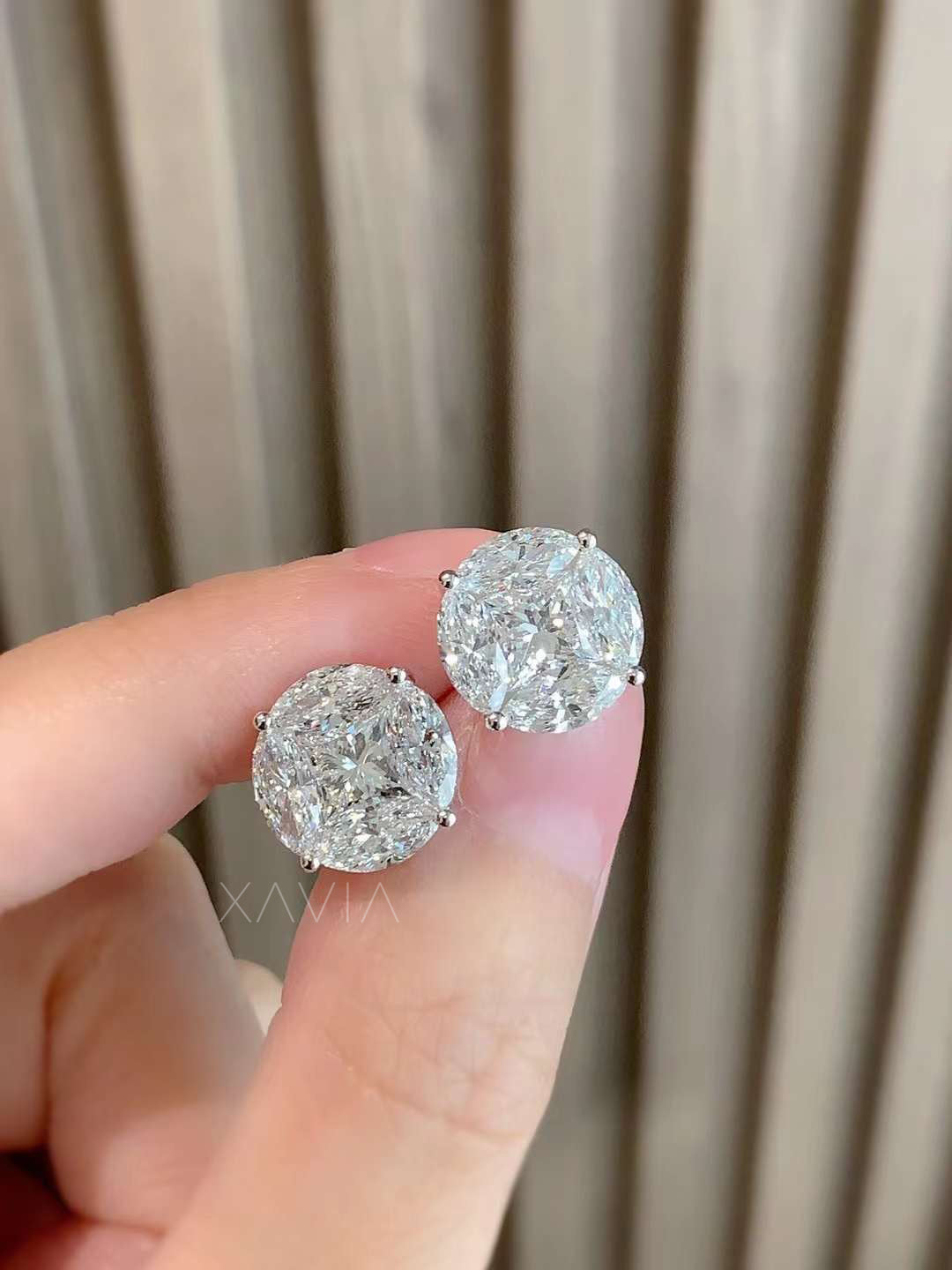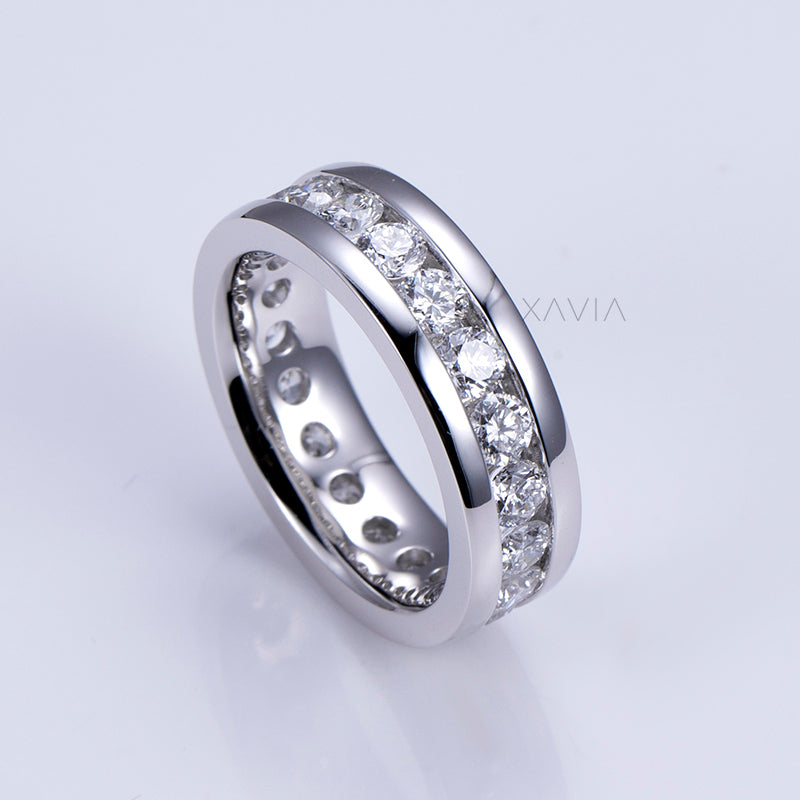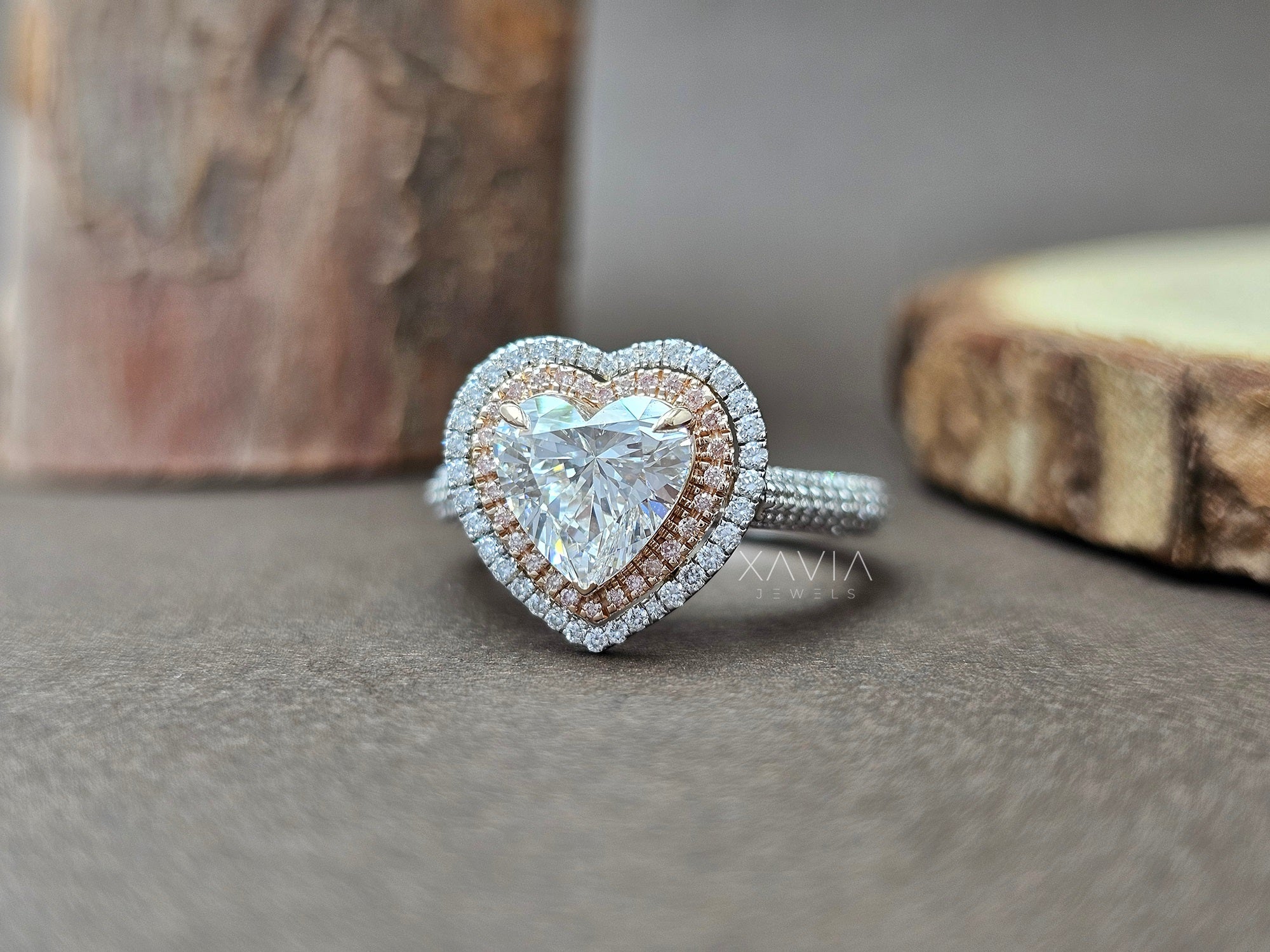Buying an engagement ring can feel overwhelming—and with so much pressure, tradition, and marketing noise, most people never hear the full truth. So before you swipe your card or say yes to the stone, here are 10 things no one tells you—but absolutely should—before buying an engagement ring.
Whether you're choosing lab-grown or natural, classic or custom, this guide is your emotional and practical compass.
1. Forget the “Three Months’ Salary” Rule
That old rule? It’s not sacred—it’s marketing.
The “three months' salary” idea came from a 1940s De Beers campaign, not financial wisdom. Today, couples are rewriting the rules. You don’t need to prove your love with a number. Instead, align your budget with what fits your lifestyle, shared goals, and financial reality.
💡 Smart tip: Spend what feels right—not what’s dictated by outdated norms.
2. Your Budget Is More Than Just the Diamond
Many buyers focus entirely on the stone—but that’s just the beginning.
You’ll also pay for:
-
The setting
-
Custom work (like engraving)
-
Appraisals or certification
-
Insurance
-
Cleaning/maintenance plans
These extras can add 20–40% to your final cost. Always budget with the full picture in mind.
💡 Checklist idea: Use a spreadsheet to break down your budget into: Stone, Setting, Extras, and Cushion.
3. The 4Cs Matter—but Not Equally
Cut. Color. Clarity. Carat. The diamond world lives by them—but what you value most is what matters.
-
Cut = sparkle. This is where most experts say not to compromise.
-
Color & Clarity = visible differences are often minimal beyond a certain grade.
-
Carat = size—but a 0.90ct stone can look nearly identical to a 1ct and cost far less.
💡 Pro tip: Prioritize Cut, then Color, then Carat. Most people won’t notice a VS1 from a VS2, but they’ll see the sparkle.
4. Lab-Grown vs. Natural: The Honest Trade-Offs
Lab-grown diamonds are real diamonds—same sparkle, same structure, often 40–60% cheaper.
But here’s what most people don’t know:
-
Lab-grown stones usually have lower resale value.
-
Some lab-grown diamonds aren’t always sustainable (depends on the energy source).
-
Certification is essential—preferably IGI or GIA.
💡 Consider this: If you're value-driven and want a bigger stone with lower impact, lab-grown is a powerful choice. Just know the long game.
5. Certification Isn’t Optional—It’s Protection
Would you buy a house without paperwork? Don’t buy a diamond without one either.
Always ask for:
-
GIA, IGI, or AGS certification
-
Laser inscription on the girdle (serial number tied to the cert)
-
Appraisal if you're insuring it separately
💡 Warning: “In-house appraisals” don’t count. You want an independent lab certificate.
6. Who You Buy From Matters More Than You Think
A reputable jeweler doesn’t just sell a ring—they guide your journey.
Look for:
-
Transparent pricing
-
No-pressure education
-
Lifetime warranties or resize guarantees
-
Customization options
Avoid chain-store pressure tactics. Trust is the biggest value-add a jeweler offers.
💬 “We don’t sell rings. We help tell love stories.” – One of our favorite independent jewelers
7. Band Thickness Matters (And No One Talks About It)
Super thin bands (1.2–1.5mm) look dainty—but they often bend or warp within a year.
If your partner:
-
Works with their hands
-
Is athletic or active
-
Wears rings daily
Then a 2.0–2.5mm band is smarter and longer-lasting.
💡 Reddit real talk: “I regret getting a 1.5mm band. Looks great. Didn’t last.”
8. Diamonds Rarely Appreciate (Even Natural Ones)
This one stings, but it’s true: diamonds are not an investment.
Most diamonds lose 30–70% of their value if resold. Unless you’re buying ultra-rare stones (think: flawless 5-carat pinks), the resale market is not generous.
💡 Shift the mindset: You’re investing in love, not liquidation.
9. Care, Insurance & Maintenance Are Part of the Deal
After the “yes,” the real maintenance begins.
Ask your jeweler:
-
Do they offer free cleanings or prong inspections?
-
Will resizing be covered later?
-
Should you add it to your homeowner’s or renter’s insurance?
A well-loved ring is a well-maintained ring.
💡 Bonus: Get your ring checked every 6–12 months. Loose prongs = lost stones.
10. Choose Meaning Over Trends
We’ve seen every trend come and go—halo, hidden halo, twisted shanks, ultra-thin solitaires.
But what always stays?
-
Rings with personal meaning
-
Comfortable, everyday-friendly settings
-
Styles that reflect your story, not just your style
💡 Tip: Add a hidden engraving or fingerprint imprint inside the band for something no trend can touch.
Final Thoughts: Your Ring, Your Rules
An engagement ring is more than a symbol—it's a promise. Don’t let old rules or pushy trends steal the joy from your decision.
Instead, buy with clarity. Ask questions. Trust your heart and your head.





